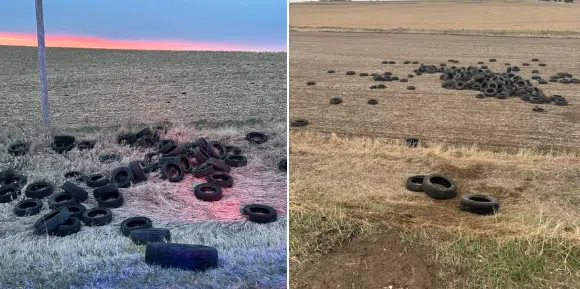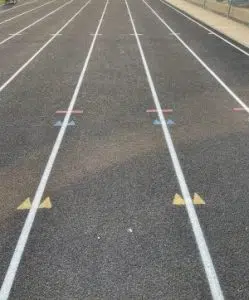(State) The Iowa Board of Regents’ report on fall 2024 enrollment painted an optimistic picture when brought up against national fears, with growth in student populations and slighter projected shifts in enrollment compared to national numbers.
Associate Chief Academic Officer Jason Pontius presented the report to the board Wednesday, discussing Iowa’s pool of potential college enrollees and how the state university system is a “net importer” for students.
“It is a testament to the work of our three universities that in this environment, … we have been able to maintain and grow our enrollment,” Pontius said.
Total enrollment across all three universities increased by 1.8%, and while the University of Iowa saw the biggest increase in the number of students, at 734 students, the University of Northern Iowa had the biggest enrollment increase percentage bump of 2.9%, or 262 students. The UI’s enrollment increased by 2.4% and Iowa State University saw a 0.8% enrollment increase of 255 students.
Out-of-state students represented the biggest percentage increase across the university system at 4%, followed by international students at 3% and in-state students at 0.4%. Pontius said Iowa’s out-of-state cost of attendance is comparable to the in-state tuition prices at universities in Wisconsin, Illinois and Minnesota, all states that Iowa universities draw heavily from.
Iowa has been a “net importer” of students for quite some time, Pontius said, with data from a few years ago showing that for every student who leaves the state, Iowa’s public universities bring in four students.
“We provide a good value for a lot of out-of-state students, and that’s one of the reasons we’re seeing that out-of-state number grow,” Pontius said.
Despite continued declines in students from China, international student enrollment growth is being driven by increased interest from students in India, Pontius said, and the state’s pool of high school students is stable, with most of them staying in the state.
The UI was the only university to see a decline in international students at 3.5%, offset by a 15.4% increase at UNI and a 5.8% bump at ISU. UNI was the only university to see decreases in new first-year and total undergraduate enrollment, both drops of less than 1%, but it had a 22.5% increase in graduate and professional students. ISU had a less than 1% decrease in graduate and professional students, and enrollment at the UI increased by 1.6%.
Pontius addressed the elephant always in the room when it comes to enrollment — the enrollment cliff — and said that while an estimated 15% decline of high school graduates is expected to occur nationally between 2025 and 2029, it will have varying impacts on different regions.
According to the report, Iowa will “experience only moderate declines in its high school graduate population between 2027 and 2029,” while states like Wisconsin and Illinois will see much larger drops. Pontius said Iowa is set to start seeing declines in high school graduates after 2026, unlike national trends, and it looks like another dip could happen a decade from now.
“What’s interesting in Iowa is, while the nation looks like the class of fall of 2025 is going to be the high water mark, we are going to go, it looks like, a little bit higher in 2026 before the decline begins,” Pontius said. “So yes, there is a decline, I hesitate to call it a cliff, and yes, we are looking to have a second one, starting again around 2034.”
The reason Pontius said he is wary of calling these population declines a “cliff” is because, while rates of enrollment growth are expected to decline during these times, they don’t drop off completely.
Increased competition for students will come about as a result of these declines, Pontius said, and looking at different populations to see which groups are more or less likely to attend college is important. Hispanic or Latinx students represent the largest and fastest-growing demographic at state universities, according to the report, and make up 7.2% of the total student body.
Iowa has seen a lot of growth in that population in general, Pontius said, and they have high rates of college attendance. Veteran enrollment has also reached record levels, according to the report, at almost 1,900 across the university system.
Rates of men attending college, however, are dropping, Pontius said. All of this is causing a need, both at the state and national level, to recruit and retain “increasingly diverse student bodies.”
Despite the “pervasive perception” that getting a higher education is a waste of money when a student could instead go straight into the workforce, Pontius said the growing need for more education in order to make more money will hopefully drive enrollment to colleges and universities.
“It’s something that we need to keep in mind as we move forward in attracting and retaining Iowa high school graduates in the state,” Pontius said.







